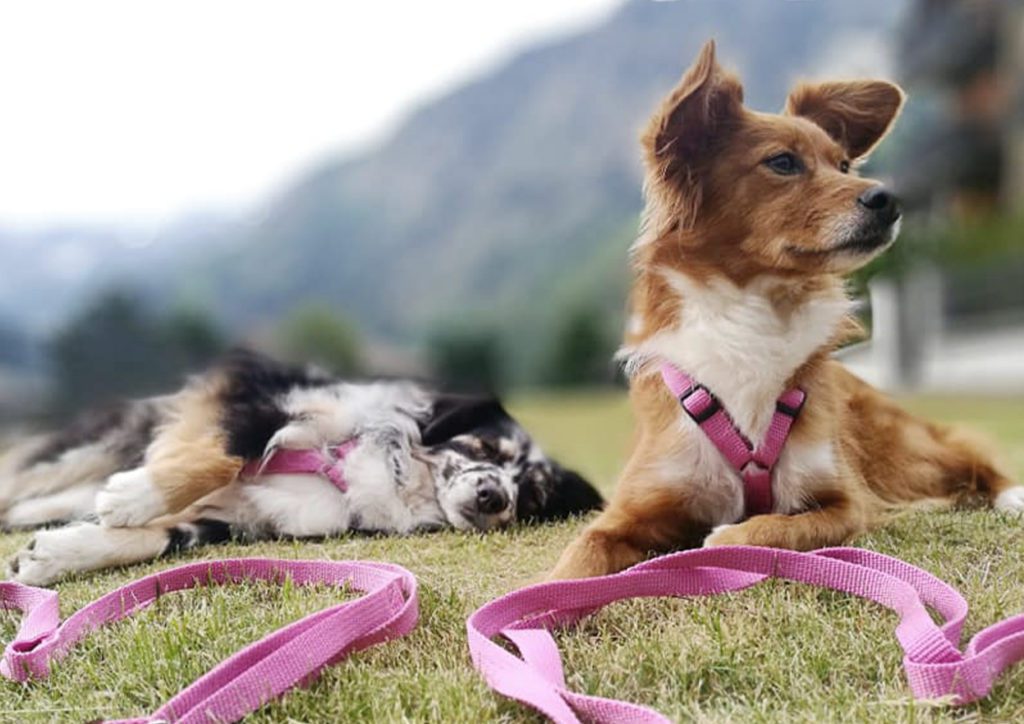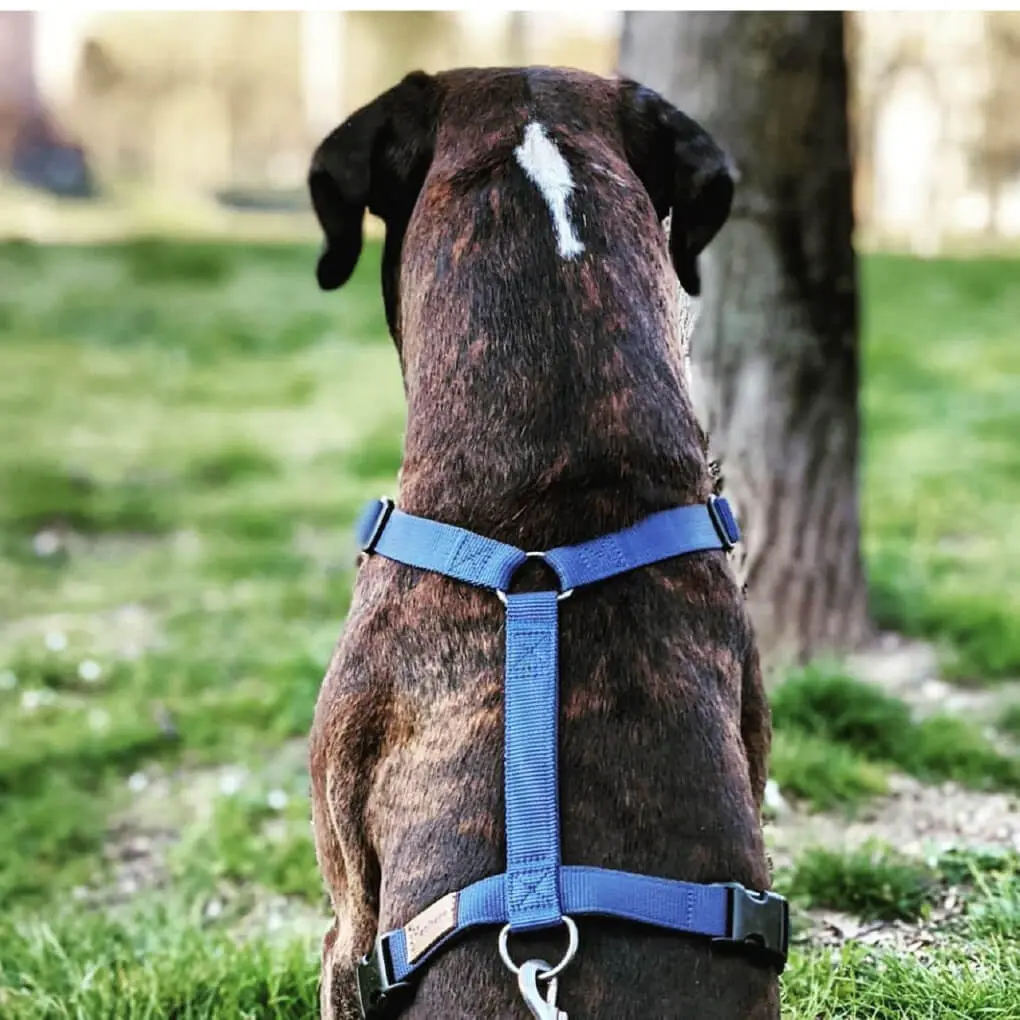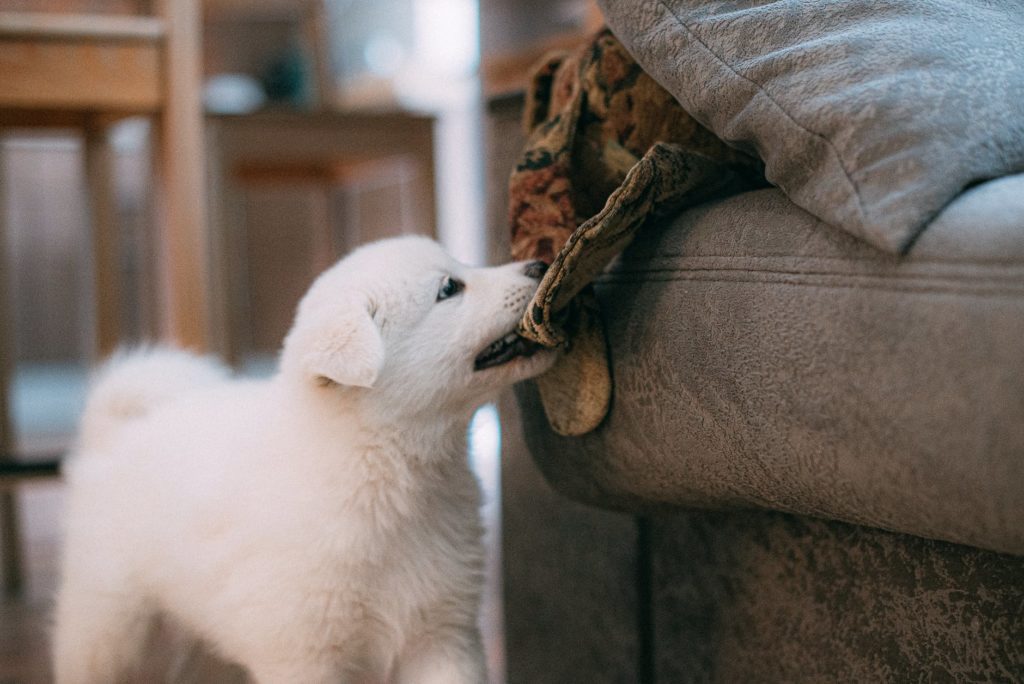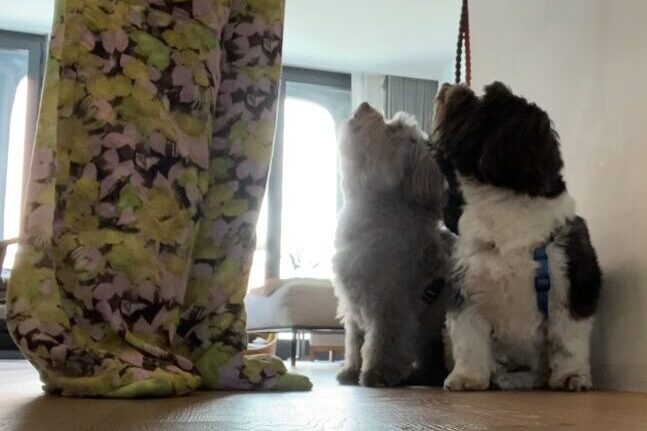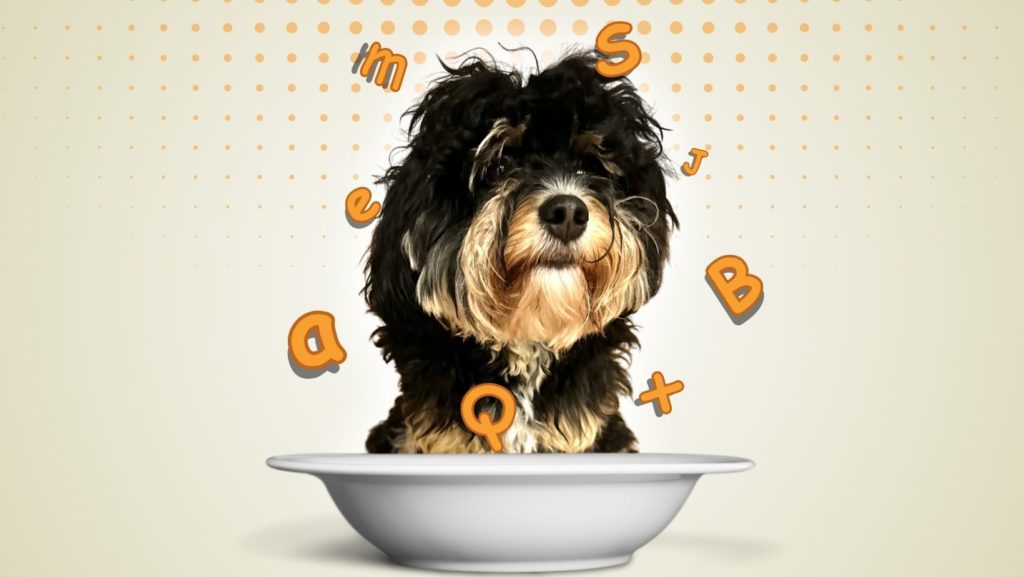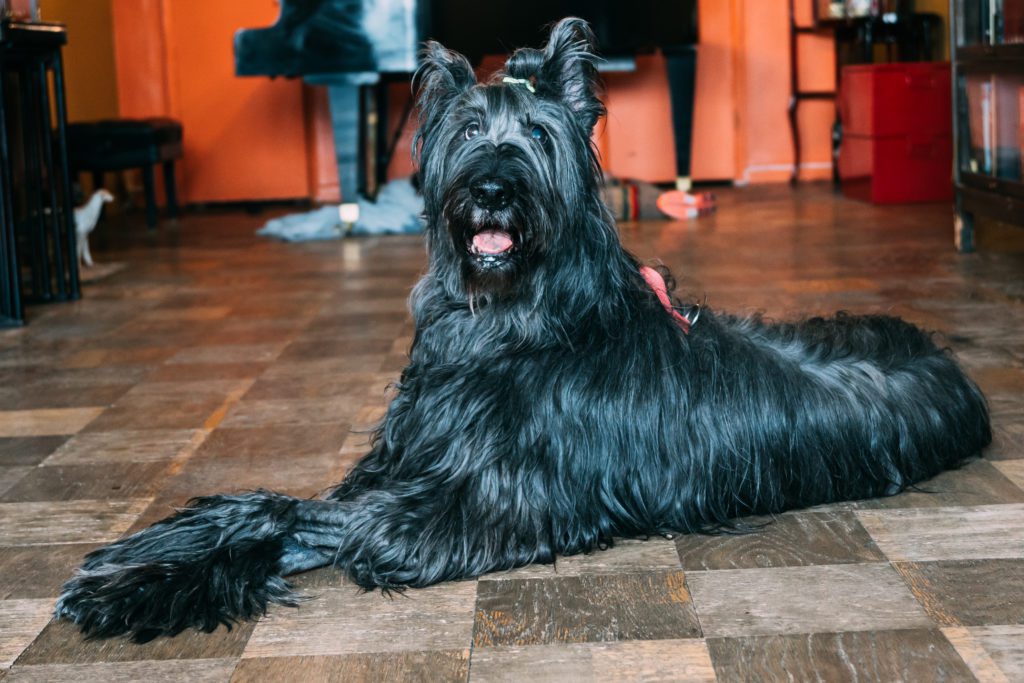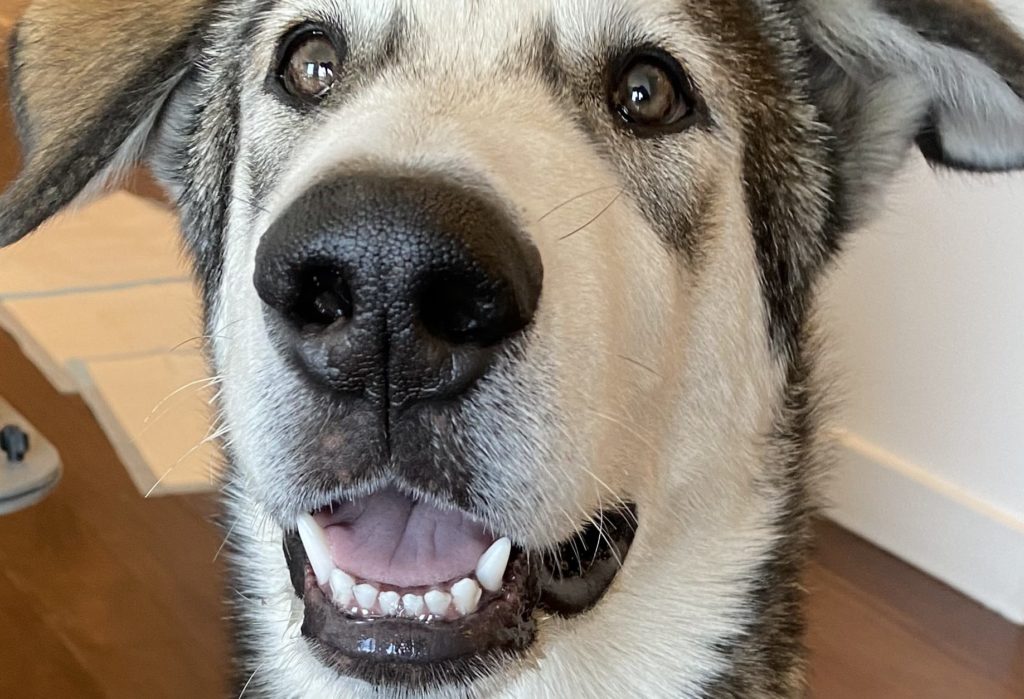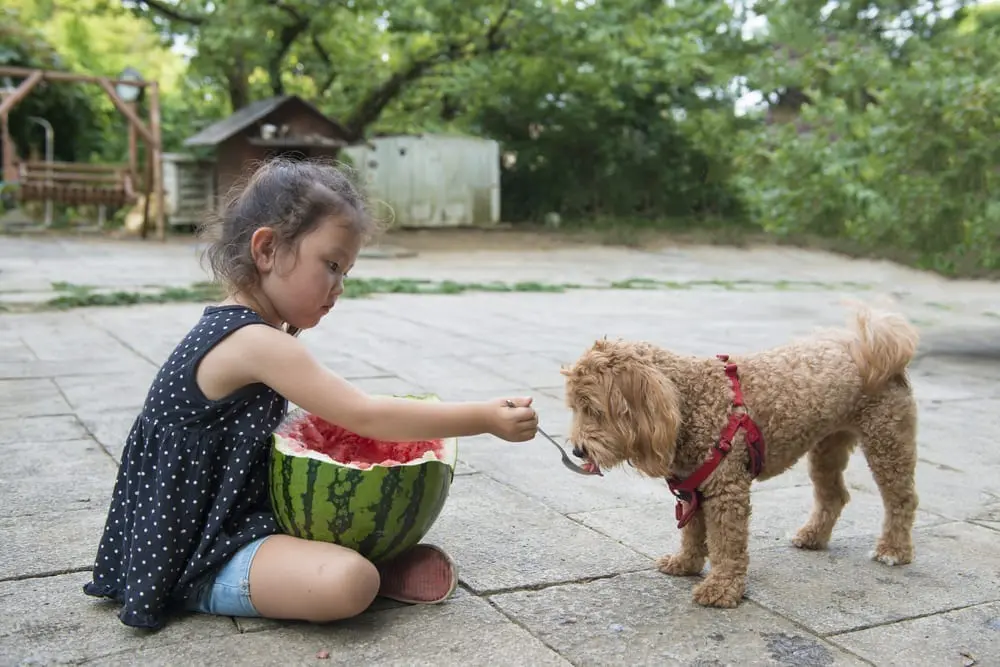Patience, kindness and persistence go a long way when teaching any new skill in life. This is of course also true when it comes to introducing a crate to your favorite four-legged friend. When done correctly, this experience is rewarding and positive for you and your dog.
Simply throwing a treat into the “cage” and locking the door behind is not what we are talking about here. A happily crate trained dog will enter their crate voluntarily and enjoy the rest and relaxation this safe haven provides.
But even though some dogs take naturally to the crate, don’t expect your dog or puppy to automatically like being in there. DogRelations NYC offers the following tips to help you think about this as a process to make both you and the dog happy and successful. Alternatively, we offer private crate-training sessions if you need a little support or inspiration. Susan Garret has her “Crate Games” on YouTube that are excellent to check out as well.
But… It Looks Like a Prison!
It’s all about perspective: Yes, the basic versions look like a cage, however, one can find more attractive versions and even Lucite enclosures that give the impression of being more welcoming. But as often with the way we humans are wired, we think of the restrictions rather than the opportunities. And when you think of crate training as locking your dog up, that clearly does not make it appealing. But what if you thought of it as a crib, a place that offers safety and prevents the puppy from hurting himself?
A crate, just like a baby’s crib, is just a temporary means of safe containment. If highly reinforced, it can help greatly with house training and keep curious pups from getting into “trouble” as well as ensure they get enough undisturbed rest and privacy.
Starting As a Puppy Is Ideal, BUT NOT NECESSARY
Teaching your puppy to look forward to crate time is of course ideal. However, it IS possible to “teach an old dog new tricks”. Many elderly or adult rescue dogs can be habituated to accept a special “place of containment”, especially when the process is a wonderful game that will make the experience fun and rewarding. Just as you build great value teaching a new behavior, be sure you are building a huge reward history for them to get truly happy and comfortable being in the new enclosed space.
Desensitizing the Crate
Whenever you are teaching your dog something new and possibly scary, make “training time = game time = mealtime”. Toss treats or bits of food into the crate and see if your dog enters to follow the treat. While you are luring the dog into the crate, always move the crate door at the same time and reward the dog at the back of the crate. Open the door, and deliver a treat at the back of the crate to make the back area of the crate “hot” and appealing; that way your dog will associate the door opening with a treat appearing at the back of the crate. Once the dog learns that, they will not worry about the door closing because the value of remaining inside is so highly rewarded.
Crates can be useful to contain puppies when you cannot supervise them during the house training process because dogs do not pee or poop where they eat and sleep. So please note: the crate is not functioning as a crate unless the door is closed!
If you leave the door open it basically turns into a bed because it will not contain the dog. That means the dog can pee on the rug and chew your furniture (or both!)
This brings me to the point of the size of the crate. Make sure the crate is small enough that the dog can lie down, turn around and stand up – but no larger than that. If the crate is too large, your learner might be tempted to sleep on one side and pee/poop on the other.
Benefits of Crate Training
How great would it be to know your dog can easily and safely travel in your car or in an airplane? Imagine the relief in knowing that your pup cannot get into anything harmful to them while you are absent! No more worrying that you will find your favorite pair of shoes eaten or your couch cushions torn apart or your computer cords chewed.
A truly crate trained dog will experience crate time as a reward and look forward to relaxing and munching on their favorite treats in there. If DogRelations NYC can help you in your crate training endeavors, please don’t hesitate to call us at (917) 783-1473!



